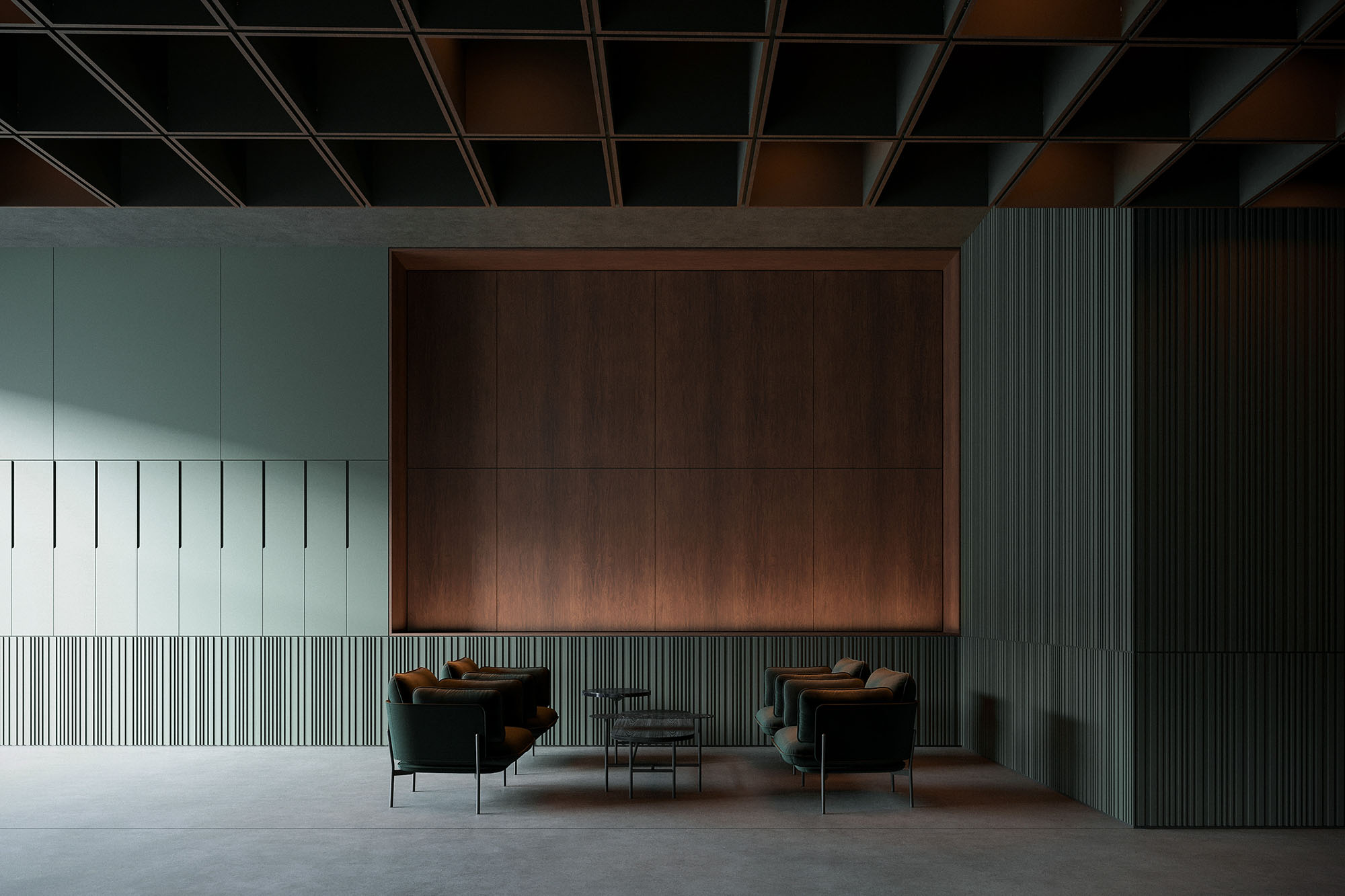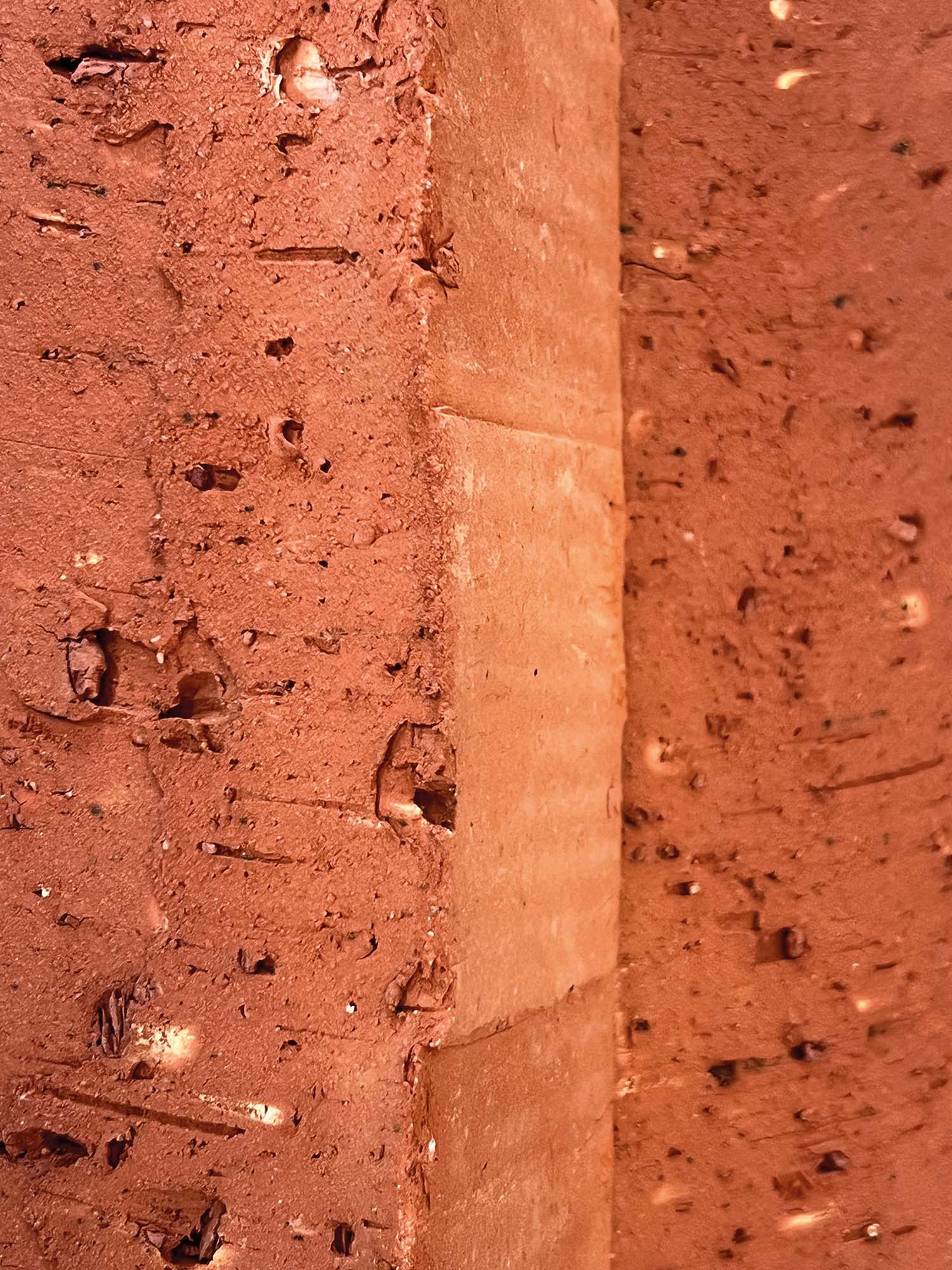The image is a close-up of an original Tichelhaus brick, produced specifically for the building by manufacturer Rusch, made from Elbmarsch clay and fired in a traditional ring kiln.
Ti | chel
‘tiçl : German Plattdeutsch dialect, noun
Steen ut brannt Toon to’t Boen.
A brick (from Old French ‚briche‘, a fragment) is a rectangular block made of fired clay used for masonry construction.
GIVING BACK TO THE CITY
The vision is clear: The neighbourhood surrounding Willy-Brandt-Strasse in Hamburg‘s Altstadt district, nestled between Hopfenmarkt and St. Nikolai, is to be turned into a vibrant urban space for the people who live and work here. The Tichelhaus (Tichel is Plattdeutsch for brick) with its red brick façade is typical for authentic Hamburg architecture and plays a key role in the transformation, owing, on the one hand, to its prominent location on Willy-Brandt-Strasse, Ham-burg‘s east-west link. Its neighbourhood is the birthplace of the Hanseatic City and home to Hopfenmarkt (or hop market), which was an important market for centuries. But it is equally quintessential in terms of urban design: It picks up on Hamburg‘s historic brickwork tradition, re-interpreting it and opening up a new chapter of building with bricks.
Accordingly, the architecture of the new building interacts with that of the surrounding buildings in a lively way, highlights the importance of the town‘s architectural heritage and bridges historic and modern architectural styles. The building is designed for openness towards the city and its people and seizes this opportunity to give the city back some of its tradition and quality of stay.


Vivid, expressive and elegant – the Tichelhaus sets new standards with its interior and exterior design.